Parc Dosan (도산공원)
8.2Km 2022-12-16
20, Dosan-daero 45-gil, Gangnam-gu, Seoul-si
+82-2-543-2558
Le parc Dosan a été bâti en 1973 afin de rendre hommage au patriotisme de Dosan An Changho. Sa tombe a été déplacée dans le parc depuis le Cimetière Public de Manguri, ainsi que celle de son épouse Lee Hyeryen, dont la tombe a été déplacée depuis Los Angeles.
D’une surface de 29 974 m², le parc abrite le Hall Commémoratif de Dosan An Changho ainsi que sa tombe, la tombe de son épouse et leurs statues. Le Hall Commémoratif offre des informations historiques sur Dosan An Changho, où sont exposés 70 photos, 20 lettres, 50 documents et le journal de Dosan. L’entrée est libre, et le parc est fermé le dimanche.
Ce très beau parc possède plusieurs sentiers de promenade, agrémentés d’un jardin de fleurs, d’équipements de sport et de bancs.
Rue des chaussures artisanales de Seongsu-dong (성수동 수제화거리)
8.2Km 2023-01-16
15, Yeonmujang 7-gil, Seongdong-gu, Séoul
De nombreux fabricants de chaussures artisanales se sont rassemblés dans le quartier Seongsu-dong depuis les années 1970, créant une artère dédiée à cette industrie dans la capitale. Actuellement, il existe environ 350 boutiques de chaussures artisanales et à peu près 100 entreprises liées à la transformation et aux matières de la chaussure. Par la suite, des cafés à l'ambiance originale ont ouvert leurs portes les uns après les autres. Grâce à son charme vintage, la rue est en train de devenir un lieu branché de rendez-vous et un endroit idéal pour prendre de jolies photos.
Hema Studio (헤마스튜디오)
8.2Km 2023-06-14
Nonhyeon-dong, Gangnam-du, Seoul (서울특별시 강남구 논현동)
Hema Studio est un lieu proposant des activités pour les fans de K-pop à Gangnam. Le studio propose ainsi aux visiteurs internationaux d'enregister des vidéos de chant et de danse liées à la K-pop. L'enregistrement est supervisé par un manager. Après l'enregistrement des reprises, les visiteurs peuvent repartir avec leur enregistrement sur une clé usb pour la partager à leurs ami(e)s et famille. Il est aussi possible de partager l'enregistrement sur les réseaux sociaux. Situé dans une rue fréquentée de Gangnam, le studio est aussi facile d'accès pour les visiteurs internationaux.
Centre d'art Horim (Musée Horim Sinsa) (호림아트센터 - 신사분관)
8.3Km 2021-02-06
317, Dosan-daero, Gangnam-gu, Seoul-si
+82-2-541-3523
Le musée Horim de la fondation culturelle Sungbo a ouvert une branche à Sinsa au coeur du centre artistique de Horim à Sinsa-dong, Gangnam-gu, à la suite du centre principal de Sinrim. Le musée possède des salles d’exposition au premier, deuxième et troisième étage, une boutique et un salon. Le bâtiment, créé sur le thème des céramiques et inspiré de la forme des dents d’un peigne, est une oeuvre d’art en lui-même.
Seongsu Noru (성수노루)
8.3Km 2025-04-25
110, Achasan-ro, Seongdong-gu, Seoul
Central City (센트럴시티)
8.3Km 2025-03-28
190, Sinbanpo-ro, Seocho-gu, Seoul-si
+82-2-6282-0114
Central City, situé à Banpo-dong (Gangnam-gu) est un complexe haut de gamme qui est souvent considéré comme une ville dans la ville. Les repères principaux du complexe sont le centre commercial Shinsegae, l’hôtel Marriott, le parc central et le Hall Millennium qui est principalement utilisé pour les cérémonies de mariage et d'autres grands évènements.
Des services comme des banques, des hôpitaux, des bureaux de poste et un large parking, y sont aussi présents.
L’ensemble de la zone de Central City s'étend sur une surface de 430 000㎡ (environ 130 000 pyeongs) , ce qui en fait l'un des plus grands complexes du pays. Plus de 200 000 personnes passent par Central City tous les jours puisqu’il est connecté directement aussi à une station de métro majeure et un terminal de bus express.
SJ Kunsthalle (SJ 쿤스트할레)
8.3Km 2021-01-29
5, Eonju-ro 148-gil, Gangnam-gu, Seoul-si
+82-10-2014-9722
Située au centre de Gangnam à Séoul, Platoon Kunsthalle est un espace unique inspiré du mouvement de sub-culture allemande (Kunsthalle signifie « Hall artistique » en allemand). Les trois étages de Kunsthall sont faits de 28 conteneurs. Le bâtiment est dédié à la création artistique et à la rencontre entre créateurs et spectacteurs.
La structure du bâtiment change suivant le type de manifestation qui y est organisé. Il propose divers événements et programmes culturels en collaboration avec des artistes du monde entier travaillant sur des peintures modernes, les styles de la mode et le design. Il abrite aussi un élégant bar et un restaurant.
Les vitrines du rez de chaussée exposent des oeuvres de jeunes artistes. Le bar et le restaurant sont ouverts du lundi au samedi, de 11h à minuit, et servent du café, des boissons, de la bière et des spécialités allemandes (schnitzels, saucisses au curry, boulettes et plus encore). Tous les jeudis et vendredis soirs, Platoon Kunsthalle organise une soirée club animée par des DJs invités. Un marché aux puces se tient tous les premiers samedis du mois.
Rue des cafés de Seongsu-dong (성수동 카페거리)
8.4Km 2023-01-16
Seongsu-dong, Seongdong-gu, Séoul
La rue Yeonmujang-gil dans le quartier de Seongsu-dong, qui était autrefois connue pour ses anciennes zones d'usines et ses ruelles d'ateliers de chaussures, est aujourd'hui bordée de cafés branchés et d'espaces culturels.
Actuellement, des services de réparation et d'entretien automobile, une imprimerie en plus de la rue des chaussures artisanales animent toujours ce quartier. En parallèle, une atmosphère unique s'est formée après l'installation sur place de restaurants proposant des plats de la cuisine du monde, de boutiques et de cafés. Parmi ces établissements, Daelim Changgo est un symbole de l'évolution des ruelles de Seongsu-dong. Ce lieu est considéré comme étant à l'origine des cafés de type entrepôt qui apparaissent actuellement un peu partout dans cette rue.
La structure en briques rouges, l'ancienne enseigne et le vaste espace intérieur ont été conservés pour créer un espace destiné aux défilés de mode et aux expositions, ouvrant ainsi la voie à de nouvelles possibilités pour les bâtiments anciens de Seongsu-dong.
En parallèle, de nouveaux cafés, boulangeries, restaurants et complexes culturels ont ouvert leurs portes pour accueillir les visiteurs.
Daelim Changgo (성수동 대림창고 갤러리)
8.5Km 2025-03-18
78, Seongsui-ro, Seongdong-gu, Séoul
Daelim Changgo, une destination phare du quartier Seongsu-dong, désigne un bâtiment en briques rouges qui était autrefois une rizerie dans les années 1970. L'ancienne rizerie, qui a été rénovée en conservant le plus possible sa forme originale, offre aujourd'hui une ambiance vintage. Le lieu est en particulier très prisé des jeunes couples.
GOTOMALL (boutiques en sous-sol du terminal Gangnam) (고투몰, 강남터미널 지하도상가)
8.5Km 2024-05-17
Séoul, Seocho-gu, Banpo-dong
+82-2-535-8182
<
Banpo1 beon-ga magasins en sous-sol >
Les magasins en sous sol de Banpo 1 beon-ga désigné les magasins situés au niveau inférieur du terminal des bus de Gangnam entre la ligne Honam-seon et le pont Banpo. Ces magasins sont réputés pour les réductions qu'ils proposent toute l'année et la qualité des produits proposés.

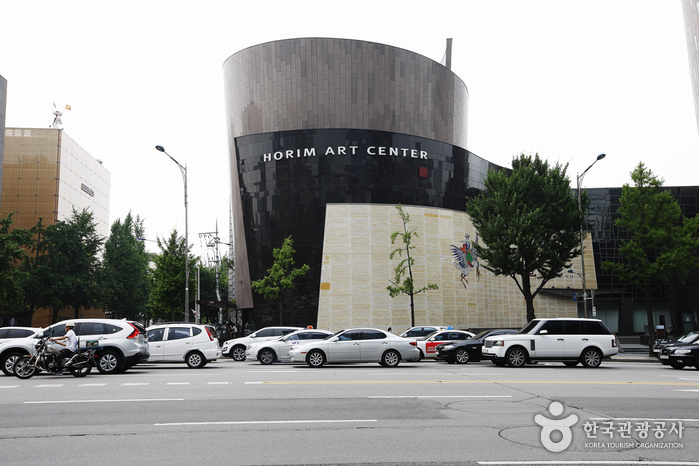
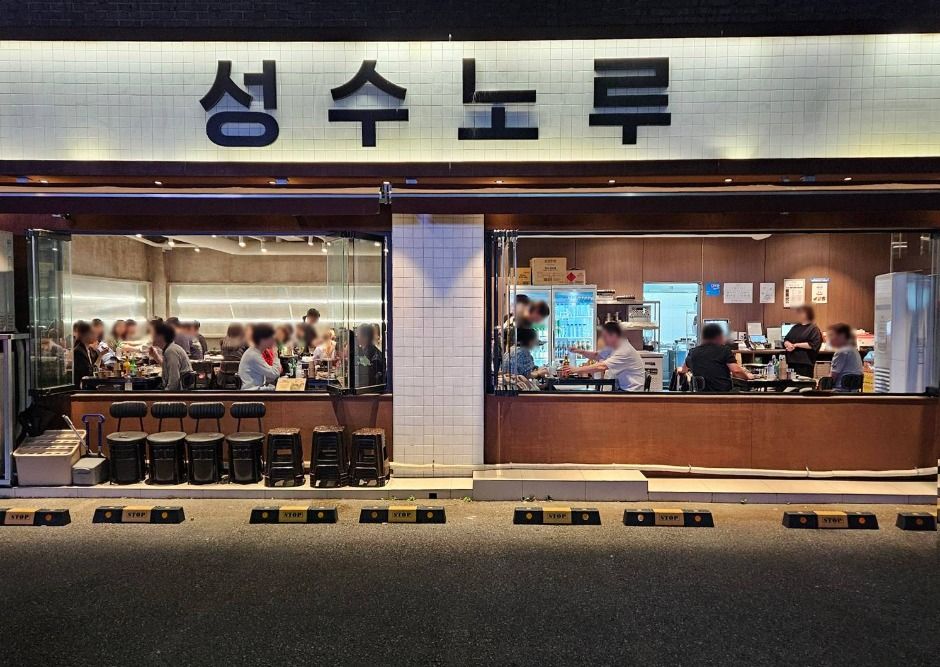
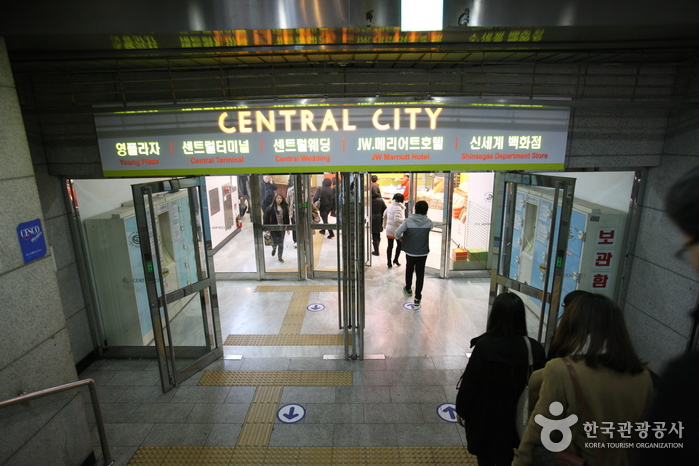
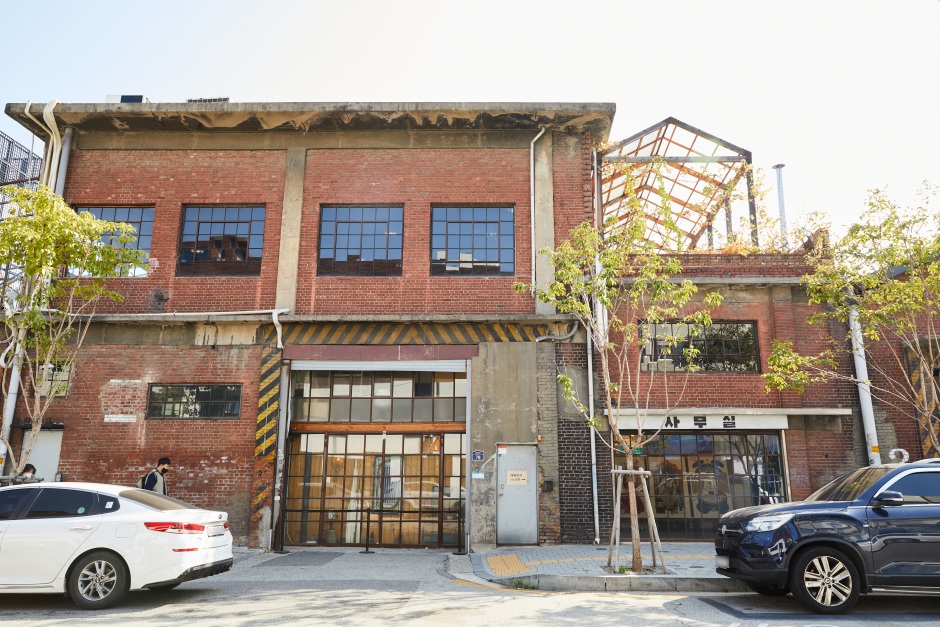
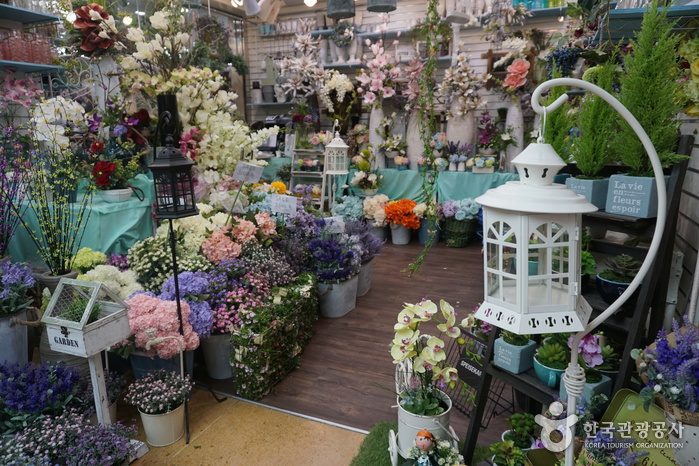
 Français
Français
 한국어
한국어 English
English 日本語
日本語 中文(简体)
中文(简体) Deutsch
Deutsch Español
Español Русский
Русский